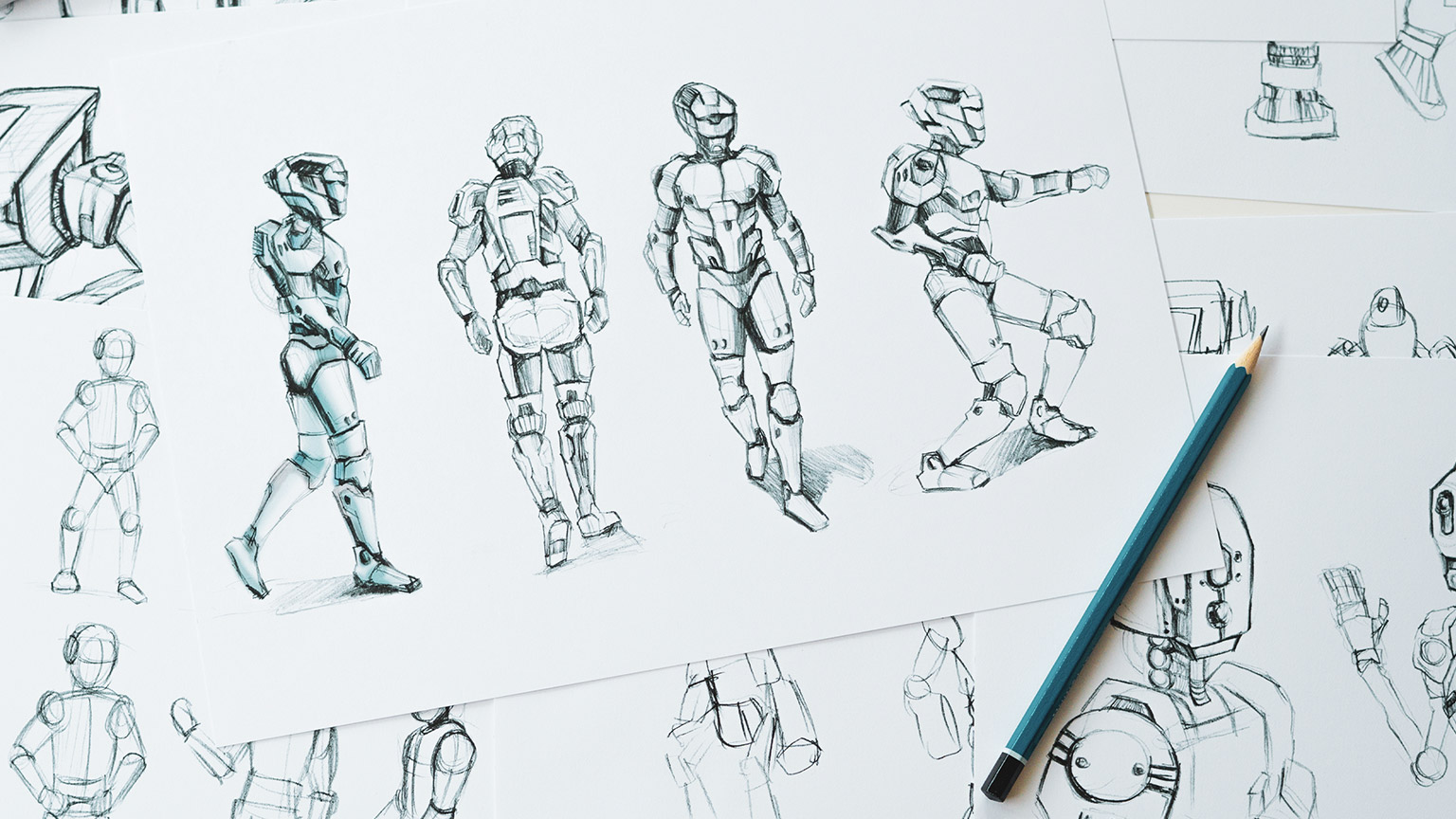Animation is not the art of drawings that move, but the art of movements that are drawn.
Norman McLaren
Animation began from humble beginnings. What we see as simple today began as an advanced concept. We are going to cover types of animations, but first, we shall explore the origins of animation.
'Animation' is the art of making inanimate objects appear to move. It is an artistic impulse that helps us tell stories and communicate emotions in a unique way that both children and adults can understand.
Throughout the years, it has helped connect people around the world through sharing humour, sadness, excitement and love that written words can simply not do on their own.
Animation has made a huge impact on the way we view films and interpret stories. For us to understand how it has evolved, we will take a trip down memory lane to explore its beginnings by watching the following video.
Invented by John Ayton Paris, a British physician, in 1824, the thaumatrope was the first instrument to exploit the persistence of vision.
The thaumatrope was used as a scientific toy that consisted of a disc attached to 2 pieces of string. On both sides of the disc, there are 2 images and when twirled, the images on both sides form a picture. The thaumatrope fools the eye by switching images faster than the tenth-of-a-second limit, thus merging what are 2 separate images into 1 visual impression.
What is it?
MasterClass.comThanks to an optical phenomenon called the persistence of vision, the human eye perceives a visual image for longer than the actual duration of a visual stimulus. Animators have exploited this quirk of visual perception to create animation motion pictures from a rapid-fire series of still drawings.
Watch the following video to learn more about the persistence of vision and how the thaumatrope exploits the illusion to create movement.
Phénakistiscope
How about that for a name?
The Phenakistiscope was invented by Belgian physicist Joseph Plateau in 1841 and was believed to be the first widespread animation device that created a fluid illusion of motion.
The optical toy used the persistence of vision to create an illusion of motion. The Phénakistiscope consisted of two discs mounted on the same axis. The first disc had slots around the edge, and the second contained drawings of successive action drawn around the disc in concentric circles, creating a moving image when spun.
Are you noticing a constant theme here?
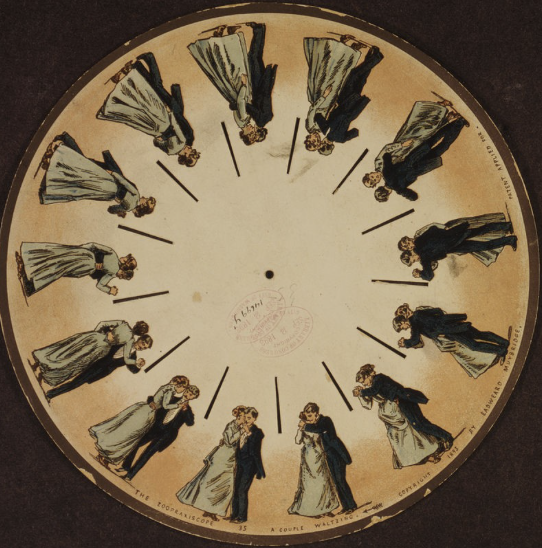
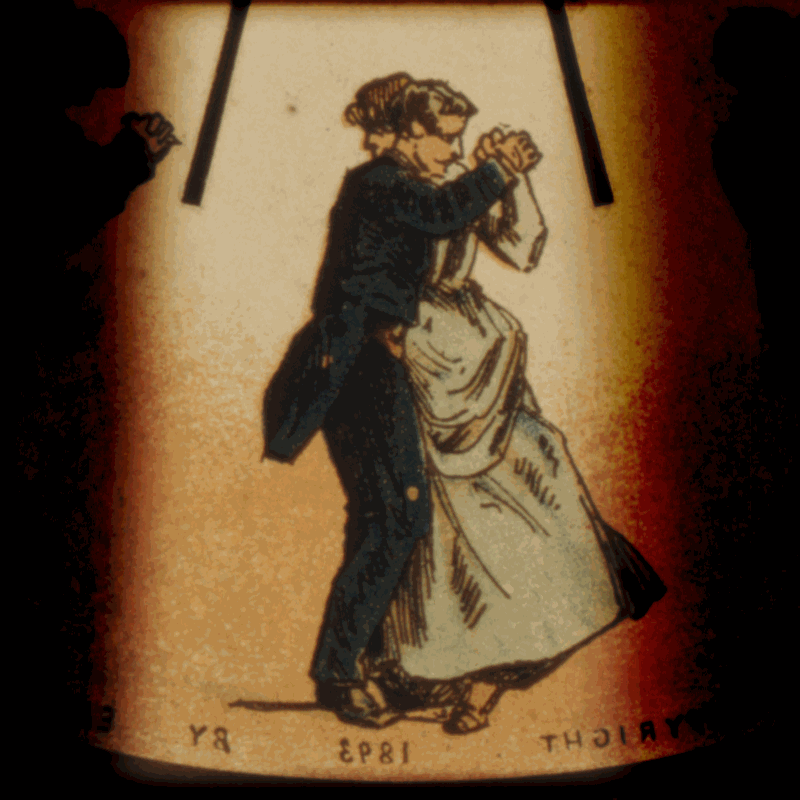
Source of two images above: Wikimedia Commons
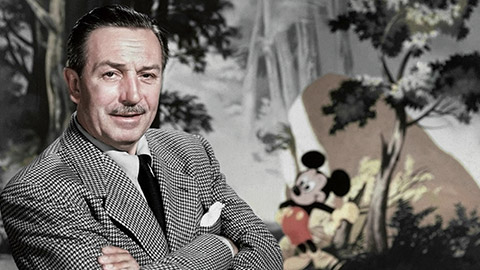
In 1928, American animator, writer, voice actor and film producer Walt Disney introduced a new aspect of animation that included synchronised sound. His film 'Steamboat Willie' demonstrated this.
The addition of sound made the illusion of life more complete and magical for viewers around the world.
Enjoy Steamboat Willie, starring Mickey Mouse, in the video below.
The Steamboat Willie cartoon was considered to be the debut of Mickey Mouse and started what would become the Disney Empire.
In 1937, Walt Disney released what many considered to be the first full-length, cel animated feature film in motion picture history, Snow White and the Seven Dwarfs.
Cel animation
Cel animation is the art of creating 2D animation by hand on sheets of transparent plastic called 'cels', with each cel featuring one drawing with an outline on one side of the plastic and colour being filled in on the other. They are then placed over a background and photographed in sequence.
The result of that technique is that when played back at a speed, the cels create the illusion of movement. (Another familiar thread here, yes?)
Walt Disney used this method to craft a story and make the vision of Snow White and the Seven Dwarfs come to life.
This paved the way for Walt Disney to continue to revolutionise animation, becoming one of the most innovative animators and storytellers to change the entertainment industry.
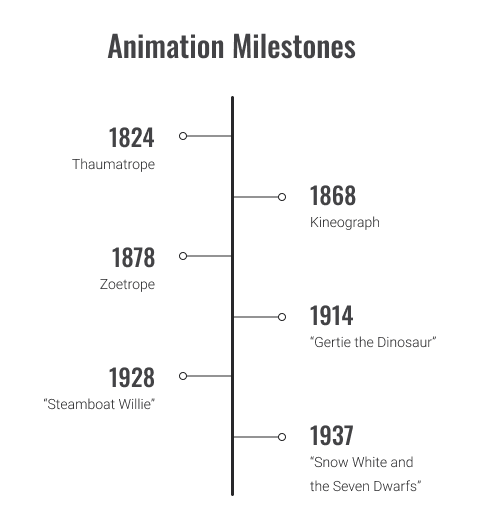
Answer these questions to help you remember the information from this section. It's basic knowledge that people in the industry would expect you to know. You will find out if you are correct immediately and the quiz progresses automatically.
